Markus Mettler is Technical Operations Manager at ebm-papst in Mulfingen, Germany. He also serves as the location’s environmental officer. This dual role is extremely logical: “When the environmental officer has a good idea, the operations manager can implement it straight away,” the native of Germany’s Hohenlohe region relates with a smile. Mettler has free rein to implement environmental measures if they also make economic sense. He started right at the company’s own home base. Working together with an innovative heating contractor from the region, the heat distribution system at the location was optimised in terms of its energy consumption. This has provided a savings of some 600 tonnes of CO2 per year. However, Mettler is not yet fully satisfied: “We still have to deal with the heating boilers. The last one was built 27 years ago and we still have lots of capacity, though our heated space has increased almost threefold since then. Years ago, systems were sized quite differently.” This is in sharp contrast to the new green plant right around the corner in Hollenbach. There, the capacities were designed to match the area and type of use exactly — to the last detail. Where do the company’s high environmental standards come from? “We work in a wonderful cultural landscape in which others go on holiday. This environment has an impact on us, and we know that we have a great responsibility to maintain it.”
Thinking, calculating, acting. “First: product design that conserves resources. Second: manufacturing that conserves resources. Third: energyefficient, low-noise operation. This has become our principle for development,” emphasises Dr Bruno Lindl, Managing Director Development. And this is true even if it seems unreasonable at first glance. Such was the case in 1990: “Electricity prices were low and semiconductor prices were high, but we kept focusing on our efficient, electronically controlled motors and fans and continuously developed them. That is now paying off.” Lindl believes that the greatest potential savings lies in a comprehensive view of the complete system at the customer’s facility. Here, the largest increases in efficiency are hidden. “Discovering this potential and realising it together with our customers is our clear competitive advantage.”
Gunter Streng, R&D Manager for Product Division A, illustrates how these ambitious goals are implemented when developing new products, offering the example of the HyBlade® axial fans. The blades are no longer made entirely of aluminium, but rather of an aluminium insert sprayed with fibreglass-reinforced plastic. In a study, the developers had a life cycle assessment carried out of the new fans in the manufacturing phase — from bauxite mining to die-casting to the finished product. The result: “For a production run of 100,000 HyBlade® fans, the savings is 9,000 megawatt-hours. This roughly corresponds to the energy consumption of 3,000 households.” This calculation does not even include the large potential savings provided by EC-powered fans in operation. However, the same holds true for other products of the company’s three German locations, including the condensing boiler technology from Landshut (see “Pioneers in heating technology”).
Particularly energy-intensive environmental tests must be passed by a newly developed product. In the factory in St. Georgen in Germany’s Black Forest region, Robert Wasmuth and his colleagues test the service life and reliability of new devices. They do so using test cabinets that expose the devices to extreme temperature fluctuations, for example between -40 and +120 degrees Celsius. “In the past, electricity has been used for heating and cooling. Because the requirements have become more stringent, we found a new way to cool,” explains the Manager of Production Qualification and testing. Since 2007, Wasmuth has used the firefighting water reservoir, fed by a natural source, for a cooling circuit to cool the climatic test cabinets. In addition to the water reservoir, which has a 300 cubic meter capacity, a heat recovery system was installed as a second step to feed excess heat from the cooling circuit into the heating system — thus killing two birds with one stone: one benefit is that cooling the test cabinets requires only the electricity for the three circulation pumps. The second is that the heat given off by the cooling circuit supplies the heating system of the main administration building and provides part of the heat output during transition periods. Each year, the plant saves some thousand litres of heating oil. “I don’t like waste — at home or at work,” says Wasmuth of his motivation.
Similarly conscientious is Erwin Kammermayer. For eighteen months, the landshut location’s Purchasing Manager has continuously increased the number of environmentally certified suppliers. Of some 350 series suppliers, 20 percent are already certified. “That may not sound like a lot at first, but we are adding to this number all the time, and all of the top suppliers comply with the ISO 14001 standard.” Furthermore, the certification plays an important role in evaluating new suppliers. “We want to increase suppliers’ awareness of our green technology strategy. Even if it does not make financial sense for everybody yet, it has enormous potential for the future. Certification is also a good reference for suppliers.”
Markus Mettler also wants to raise awareness of green issues. The Technical Operations Manager gives presentations and serves on the board of Modell Hohenlohe e.V., a regional business association (see “The learning network”). “Energy efficiency
is my hobby,” he says with a grin. Though Mettler gives up some free time to take part in Modell Hohenlohe’s work groups and the “Energie Effizienz Tisch (EET),” an energy efficiency roundtable, his participation benefits the company. From the energy efficiency roundtables, he has taken away many ideas that were then implemented at ebm-papst, such as optimising heat distribution systems, compressor systems, lighting systems and production equipment. The projects that are now in place save approximately 500,000 euro in energy costs each year.
The engine of savings lies in production, as Mettler and his colleagues in the environmental team have discovered. The prime example: the new ultra-thin layer (UTL) powder coating facility, which has been in operation since January 2008. This is currently one of the most state-of-the-art methods on the market, as Production Manager Thomas Kozok emphasises. The two-storey enamelling line is in a separate hall and works with almost zero emissions: “We have a 100 percent powder recovery system in place.” The powder that does not adhere to the workpiece — which is some 60 percent — is completely extracted, recycled and fed back to the process. The heat given off by the enamelling oven in the facility’s upper storey is used to dry the parts after pre-treatment. “We want to lower the enamelling temperature significantly from its current level of 200 degrees Celsius and are working closely with powder manufacturers to do just that,” Kozok relates. Even today, the cooling effort has been decreased greatly, which also benefits the assembly employees at the plant. There, tropical temperatures once prevailed, but today the area no longer even needs air conditioning.
A clean coup was accomplished in Mulfingen, both in powder coating and cataphoresis coating: the switch from zinc to iron phosphating in surface treatment. This saves money, hazardous substances and nerves, as Supervisor Stefan Schmitt knows from experience. “The zinc sludge was nasty stuff indeed, chock full of heavy metals. We used to have to clean the entire zone, including the pipes, with acid every four weeks!” The advantages are particularly dramatic for cataphoresis coating, in which conversion coating using Oxsilan, an organic silicon-hydrogen compound, takes place. Unlike zinc phosphating, this works at room temperature, and thus does not require a heated bath, which keeps the 5,000 litres at a constant temperature of 50-70 degrees Celsius. This not only allows the heating energy to be saved, but also makes it unnecessary to use 30 hazardous substances. The wastewater volume could be reduced by two-thirds in the process. “The zinc sludge, which as hazardous waste required special disposal, could be omitted entirely,” Schmitt is pleased to report.
Staff at the St. Georgen are likewise busy finding new ways to lower consumption of process media. The screw compressors at Plant 1 had long been a source of irritation to Martin Hug. The Manager of Plant and Building Maintenance had to quite literally purchase the compressed air production at a high price. For technical reasons, the compressors need a lot of time and energy before they reach the necessary operating state for supplying adequate compressed air to the workstations. He then discovered a control system for the compressors, gathered information from colleagues in other companies and online and
had the system installed. This control system operates the compressors with run times that are as long as possible to reduce the number of cost-intensive start-up and idling phases. “The control system was fairly expensive, but it provides 10 percent electricity savings annually. In just under two years, the acquisition has already paid for itself,” Hug relates with satisfaction.
The new packing materials are shown by Tobias Arndt, Assistant to Logistics Manager, with a broad smile: the EPP plastic lasts three times longer than Styrofoam and is also recyclable. “The corrugated cardboard box used to hold six units, but now we fit twelve fans into the same space.” Because each element can be fit into the other, the packaging also saves a lot of space during return transport by lorry. This system provides nothing but advantages to the customer, ebm-papst and the environment. However, there is still vast room for improvement. “Of course, we approach customers and try to persuade them to use reusable packing materials,” says Arndt, confirming the efforts. Idealism alone is not enough. Mettler, too, knows this well: “The customer always wants to know, in concrete terms, what’s in it for them. At the end of the day, though, green intelligence always pays off. That is true today — and will be more so in future.”
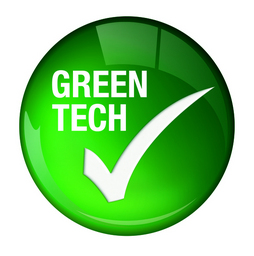 GreenTech
GreenTech
With the new Greentech label, ebm-papst brings its philosophy of sustainability to succinct expression: pro-active development, environmentally responsible production, the highest energy efficiency, the greatest possible customer benefit. The company has already received numerous awards for its commitment to green issues.
“Less energy consumed is the cleanest form of energy”
“For me, Green Technology primarily means that we concentrate on what is important, on our strengths,” states company founder Gerhard Sturm. “For ebm-papst, environmental awareness is not, and never has been, a matter of extra diligence, but rather a matter of economic course. In my active days before retiring from the executive board in 2007 I made my successors take note of that, too. And therefore I am pleased to find that ebm-papst is successfully living this guiding theme.
I am absolutely convinced that there is a lot more to presenting yourself as a green company than simply offering an economical product and paying a little lip service. It also needs conviction — one that is lived every single day. Take for example our new plant at Hollenbach. The savings realised here are about 90 percent compared to conventional technology.
Or take my own personal involvement with the Hotel Jagstmühle. The hotel generates its own electricity. I invested 100,000 euro in a new generator and turbine as well as an air/water heat pump for cooling and heating. Saving money by saving energy. As simple as that sounds, it demands the will to view the task as a whole and to solve the challenge in the best possible way.
When ebm was founded, we were driven by the challenge of being better than the competition. Every newly developed product should be technically and above all economically better than its predecessor. Lower consumption, that means less to pay, was a selling point even then, and in the future it will become even more important. That was the standard we set ourselves when we designed the first EC motor in 1970. But demanding more economical products inevitably means keeping the amount of energy and materials consumed during production as small as possible, and thus producing as little waste as possible — because waste also costs money.
Without constantly keeping an eye on the purely environmental aspect, ebm-papst has developed a green awareness from economic considerations. The company has not just retained this drive until today, it has even expanded it — at Mulfingen, St. Georgen and Landshut, and at other worldwide locations.”


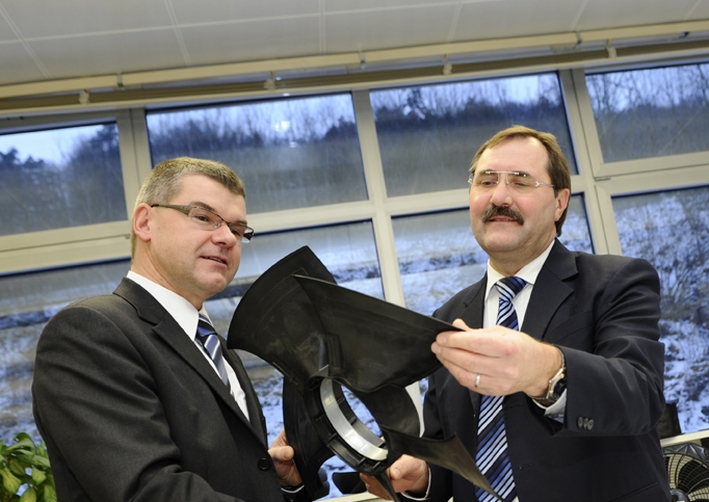

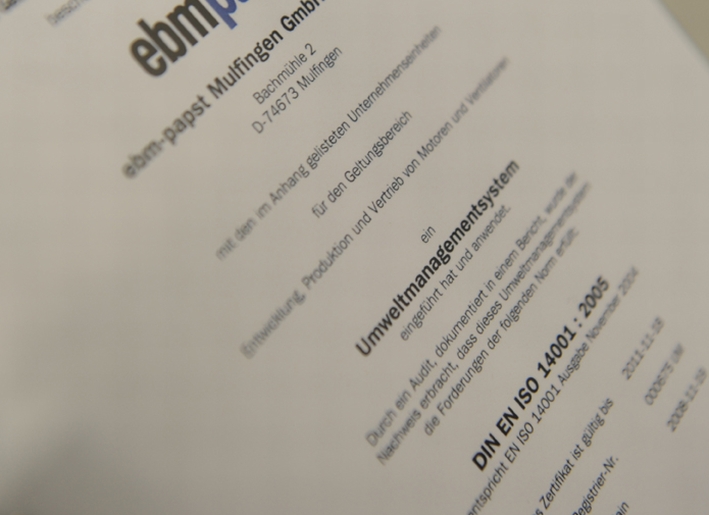
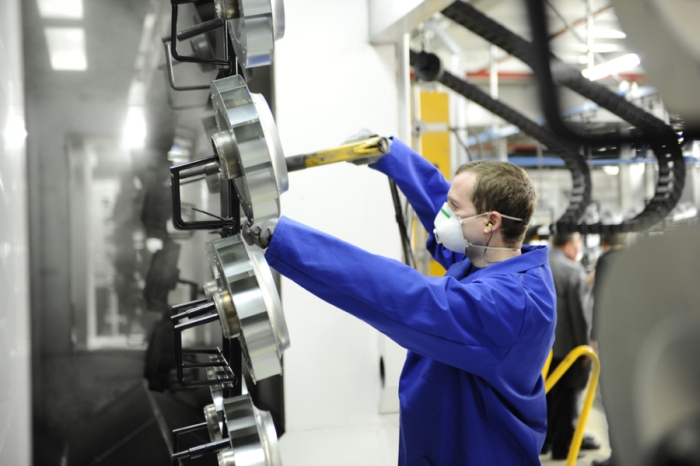
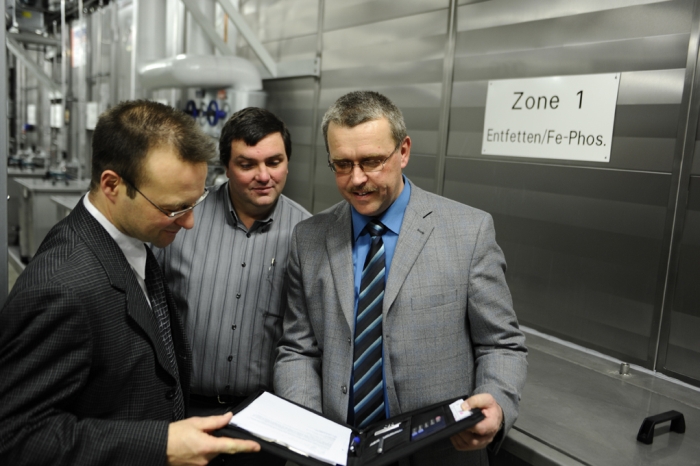
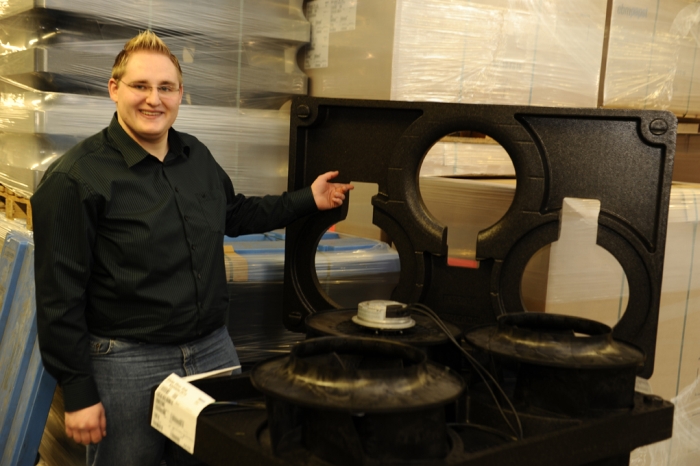
Leave a comment